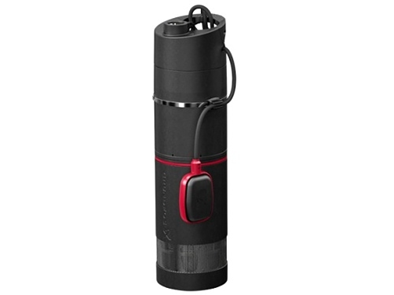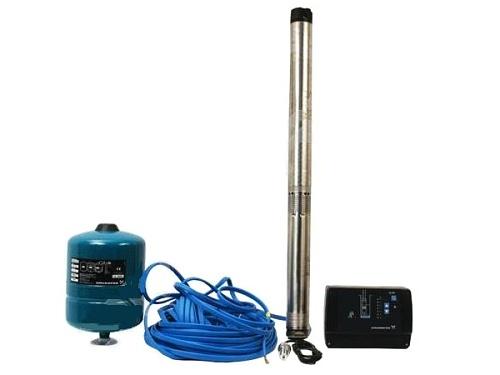Water scarcity is a pressing global issue and its impacts touch each of us. The cause of the drought is changing climate, which exacerbates poor water management. Although the amount of precipitation is roughly the same over the long term, its intensity changes: increasing torrential, heavy rains and extending periods without precipitation. As a result of increasing average temperature, mild winters and earlier starts of spring and summer there is greater evaporation of water, which gradually disappears from the landscape. Therefore, it is increasingly common for wells and boreholes, which have supplied water for decades, to suddenly be empty.

Although drought undoubtedly affects the water supply in the landscape, there can be several causes for the lack of water in wells and boreholes. The assumption that you have little water in your well because neighbors have depleted it is unjustified in most cases. Since 1955, a construction permit has been required for the construction of boreholes and wells, in order to prevent excessive depletion of water resources and to avoid drawing water from a single source, therefore, this phenomenon should not occur. However, there are other factors that influence the amount of water in a well/borehole.
A lack of water in a well or borehole can be caused by their clogging. Impurities, which water naturally carries, gradually block the inflow of the spring and the very source of water. If the well and borehole are not cleaned, water cannot flow in, and it may happen that the spring finds another way and no longer returns to the well or borehole.
In case of reduced yield due to clogging of the borehole or well, there exists a simple solution to facilitate the flow of water into the water source, namely to clean the well or borehole.
Drought can have a significant impact on the insufficient yield of a spring. As water disappears from the landscape, river flows decrease and water reserves in dams as well as groundwater levels, which reflects in the amount of water in boreholes and wells. The solution is to deepen the borehole or well, or to construct a new water source.
This is a short-term local phenomenon, caused by excessive water extraction during the same period and location. It most commonly occurs at the beginning of summer, when gardens begin to be watered, pools are filled, and water is withdrawn faster than it replenishes, which can result in a drop in water levels in the area.
If you have a shallow well, in times of no rainfall it can easily happen that water from such a source quickly runs out. Due to climate change, periods with low or no rainfall are extending, average temperatures are increasing, which leads to faster evaporation of water from the soil, and due to warm winter months and little snowfall, the groundwater level is continuously decreasing, therefore the only solution is to obtain a deeper water source.
In case of lower yield due to clogged borehole or well, the help is simple: clean the well or borehole. However, if the cause is low groundwater level or small amount of precipitation, you have two options to proceed: either deepen the existing well or borehole, or build a new water source. A hydrogeologist can help find the right solution, however, both options require a building permit and inspection of the well or borehole.
The problem with a lack of water in the well also affects the lifespan of the submersible pump, which is cooled by the flow of surrounding water. To prevent damage or complete destruction of the well pump due to dry running of the pump, it is possible to install a cooling jacket around the submersible pump and a switch with probes for level monitoring.
Deepening of existing well or borehole |
Construction of a new well or borehole |
|
|
when diverting a spring
if the spring is weak
in the case of a dug well, where deepening has only a temporary effect (deepening the well by drilling is possible, however, this method is generally not recommended)

To ensure there is enough water in the well or borehole, it is important to address the problem comprehensively and long-term. Regular cleaning of the water source, proper water management, utilizing rainwater, acquiring a quality pump (self-priming pumps or home waterworks for wells, or submersible pumps for wells), monitoring the water level to prevent excessive water pumping, don't require large investments or labor and help preserve water for you and the entire landscape.